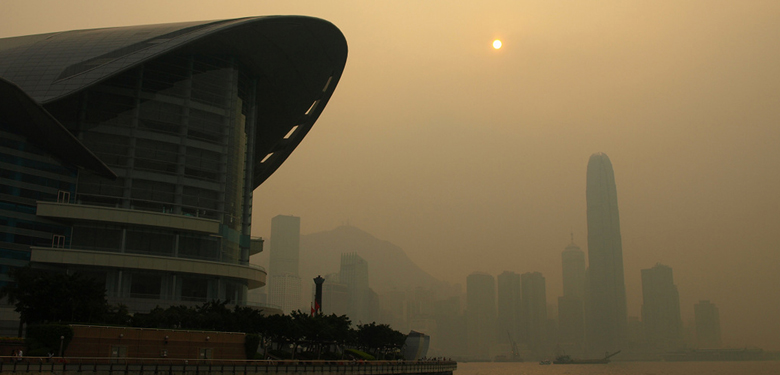Global Greenhouse Emissions: Where we are, and where we need to be
- Published: 5 December 2018
- Author: Julia Whitney
-
The report asks for rigor and combined efforts from all, from city, state and regional governments, to companies, educational institutions and civil society. This is focused into four categories on how to bridge the gap.
- Governments should make more ambitious targets.
With China’s signature on the Paris Agreement, Hong Kong too must play its part in strengthening targets. In her recent policy address, the Chief Executive shared that doing so requires the Region to develop a long-term climate strategy before 2020. This leaves just 13 months to work out a decarbonization plan that will reach to 2050. This follows Hong Kong’s Climate Action Plan of 2030+, where the target is to reduce absolute CO2 by 26%-36%, compared to 2005. However, when the most recent Hong Kong greenhouse gas inventory was released (2016 data released in October 2018), it found that absolute GHG emissions had actually risen, from 41,200 kilotons CO2-e in 2015 to 41,900 kilotons CO2-e in 2016. Is Hong Kong doing enough? - Businesses and local governments too, must play their part.
Stakeholders can wait for national or federal policies that force compliance, or they can get proactive, reduce carbon emissions and reap one of the many benefits of decarbonization such as reduced energy bills, improved public health, higher ESG scores, etc.
Companies, including Hong Kong-based Swire Pacific and MTR have embraced CDP’s (formerly the Carbon Disclosure Project) increasingly popular voluntary disclosure platform. However, it is also an effective tool for cities to help identify climate related risks and opportunities. Since 2011, the number of cities reporting has increased over 1000%, from 48 to more than 530. Many of these cities are located in Asia.
While CDP is effective in helping to measure and manage emissions, forward thinking companies are utilizing the Science Based Target Initiative (SBTi), to set aggressive targets in line with climate science to avoid global temperature increases over 1.5°C. Some Hong Kong-based organizations taking part include CLP, Sa Sa and Swire Properties, with Hong Kong Electric Investments responsible for the first approved target in the territory1. - Put a price on environmental wrong doing.
Market based measures such as using pricing as a mechanism to steer investments away from fossil fuels and increasing the costs for carbon-intensive energy are needed to drive sustainable development. Government led initiatives may include placing a tax on high-emitting fuel sources, for example, India’s clean environment tax, which charges INR 400 (~$44.25HKD) per ton of coal, lignite and peat. Moreover, the funds from this tax are used for clean energy and over environmental projects. Cases like this can be seen around the world, including Colombia, Switzerland, Germany, Sweden, and parts of Canada. - Support policies that favor innovation.
Governments can support innovation, especially in the renewable sector. The report dives into one of the more successful of cases – solar energy. Solar continues to defy the forecasts simply due to innovation and policies that support it.
Over the last four decades, innovation and adoption have created a virtuous cycle that has resulted in a price drop of 99.5% for solar modules. Policies that supported this phenomenon varied across the globe from the Sunshine Project in Japan which pushed it to be a leader in module manufacturing and development, to others that support tax breaks on installation, permitting to financing, and feed-in tariffs.
The reinvention of the wheel is not required to combat climate change, but urgent action is imperative. Early adopters, innovators and progressive governments and companies are already paving a new pathway of policies and targets that support a decarbonized world. With only 12 years remaining to prevent the severe climate impacts associated with a 1.5°C temperature increase, let alone the significantly worse effects of a 2°C temperature rise, now is the only time to act.
Please contact Julia.whitney@csr-asia.com for more.
1. Hong Kong based electricity generation company, HK Electric commits to reduce its GHG emissions per KWh 30% derived from electricity production by 2022 from a 2005 base-year. Source: https://sciencebasedtargets.org/companies-taking-action/
